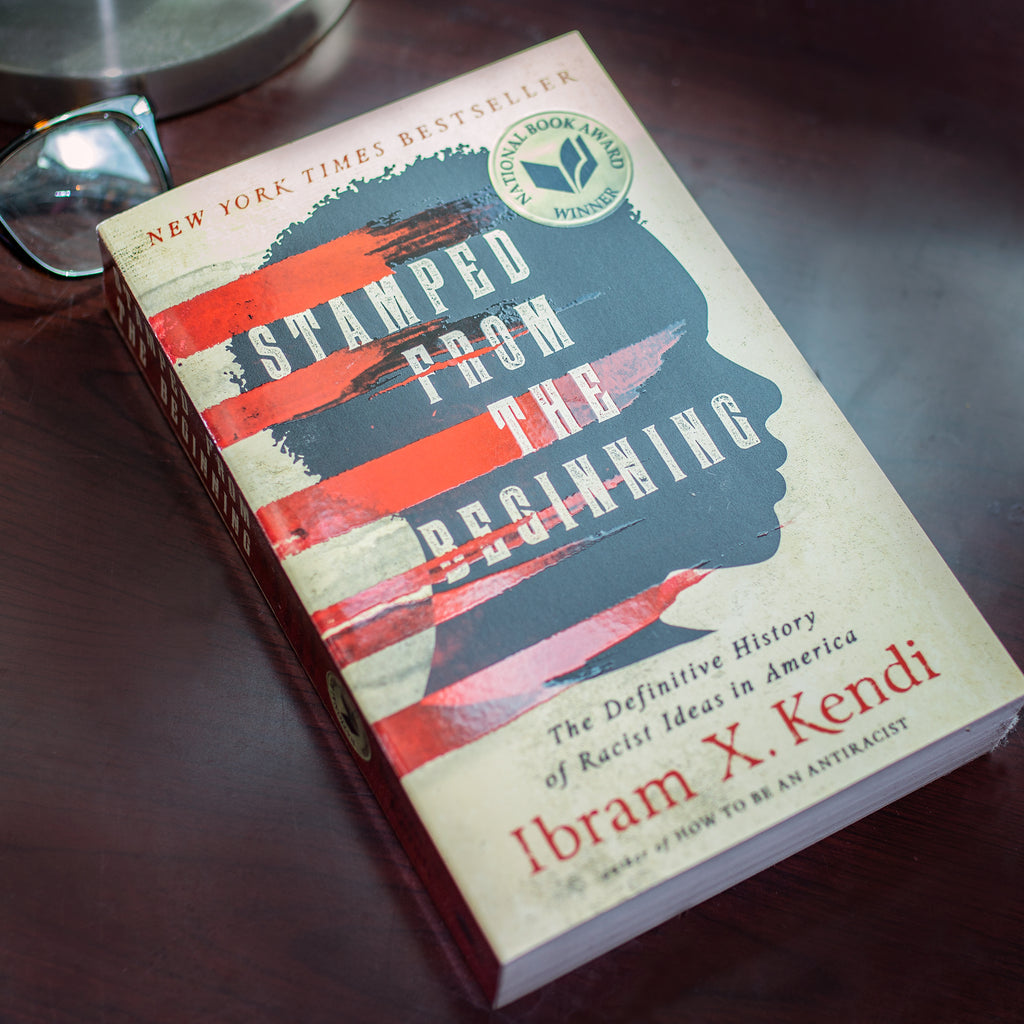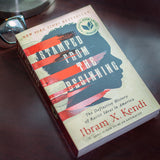



Stamped From The Beginning: The Definitive History of Racist Ideas in America
- By Ibram X. Kendi
- Paperback: 608 Pages
-
This National Book Award winning account of how racist ideas were created, spread, and are deeply rooted in American society is a New York Times bestseller.
While some insist that we are living in a post-racial society, racist thought is not only alive and well in America — it is more sophisticated and more insidious than ever. As award-winning historian Ibram X. Kendi argues, racist ideas have a long and lingering history, one in which nearly every great American thinker is complicit.
In this deeply researched and fast-paced narrative, Kendi chronicles the entire story of anti-black racist ideas and their staggering power over the course of American history. He examines the life stories of five major American intellectuals to drive this: Puritan minister Cotton Mather, Thomas Jefferson, abolitionist William Lloyd Garrison, W.E.B. Du Bois, and legendary activist Angela Davis.
As Kendi shows, racist ideas did not arise from ignorance or hatred. They were created to justify and rationalize deeply entrenched discriminatory policies and the nation’s racial inequities.
In shedding light on this history, Stamped from the Beginning offers us the tools we need to expose racist thinking. In the process Kendi gives us reason to hope.
- The National Archives keeps only those Federal records that are judged to have continuing value—about 2 to 5 percent of those generated in any given year. By now, they add up to a formidable number, diverse in form as well as in content. There are approximately 10 billion pages of textual records; 12 million maps, charts, and architectural and engineering drawings; 25 million still photographs and graphics; 24 million aerial photographs; 300,000 reels of motion picture film; 400,000 video and sound recordings; and 133 terabytes of electronic data. All these materials are preserved because they are important to the workings of government, have long-term research worth, or provide information of value to citizens.